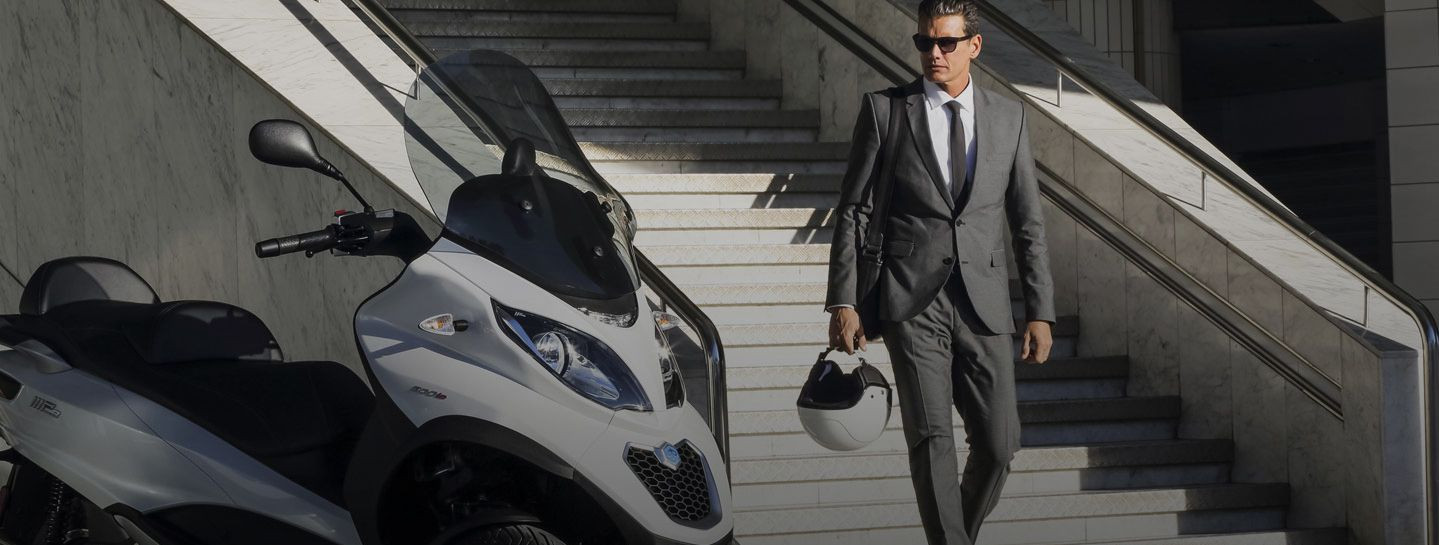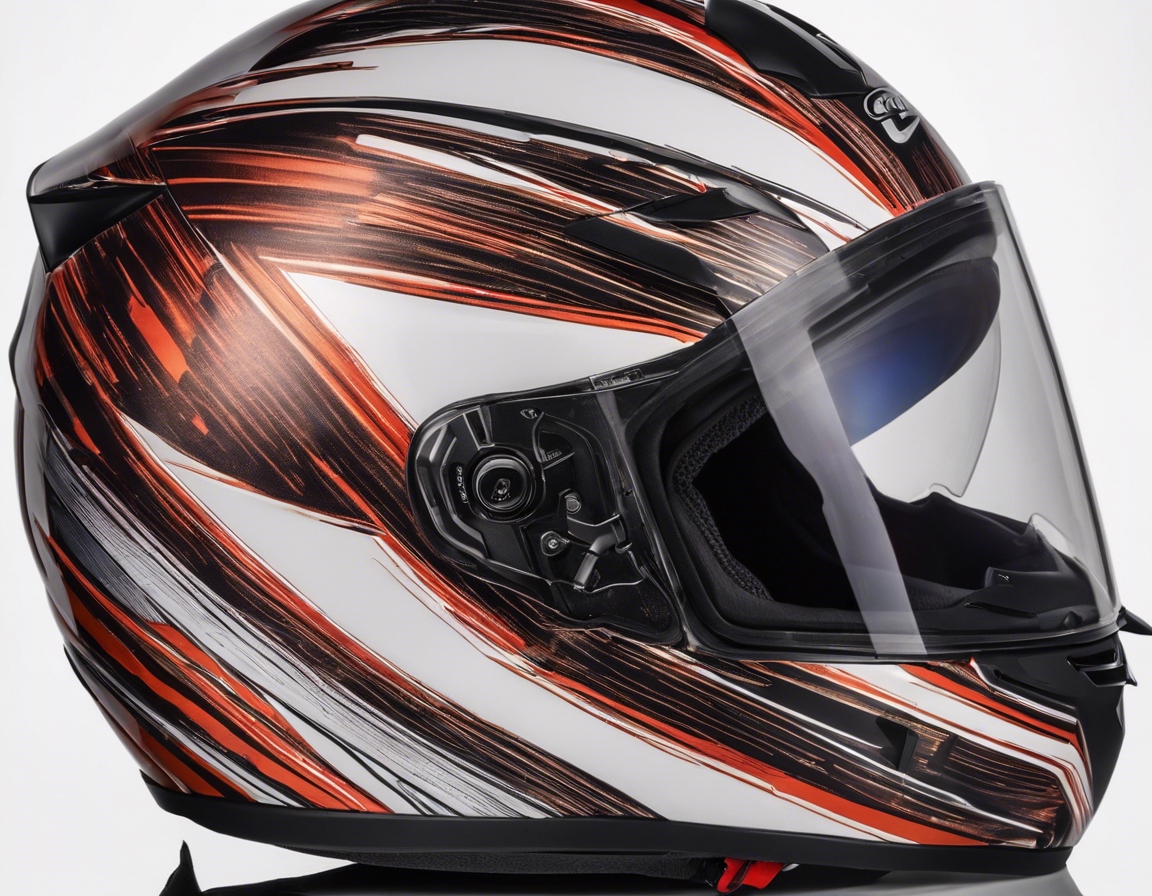The ultimate guide to choosing the perfect motorcycle helmet
Every ride on your motorcycle comes with a sense of freedom, but it also comes with inherent risks. A motorcycle helmet is the most crucial piece of safety equipment for any rider. It can be the difference between life and death in the event of an accident. Therefore, selecting the right helmet is not just a matter of style or preference; it's a critical decision that affects your safety and well-being.
Understanding Helmet Safety Standards
Before diving into the aesthetics and features of helmets, it's essential to understand the safety standards that govern them. These certifications ensure that the helmet has passed rigorous testing for impact absorption, penetration resistance, and strap effectiveness.
The Department of Transportation (DOT) standard is a widely recognized certification in the United States. Helmets that meet this standard have a DOT sticker, which indicates compliance with federal safety requirements.
The Economic Commission for Europe (ECE) standard is an international safety certification that is more comprehensive than DOT. It includes additional tests for helmet shell rigidity and abrasion resistance.
The Snell Memorial Foundation provides voluntary certification that goes beyond governmental standards. Snell-certified helmets offer a higher level of protection, having undergone more stringent testing.
Types of Motorcycle Helmets
Motorcycle helmets come in various shapes and styles, each designed for specific riding conditions and preferences.
Full face helmets offer the most protection, covering the entire head and face. They are ideal for high-speed riding and provide the best defense against impacts and environmental elements.
Modular helmets combine the protection of full face helmets with the convenience of open face helmets. They have a movable chin bar that can be flipped up, offering versatility for different riding situations.
Open face helmets cover the top and back of the head but leave the face exposed. They offer more visibility and airflow but less protection compared to full face helmets.
Half helmets provide the least coverage, protecting only the top of the head. They are popular for their lightweight and minimalistic design but offer limited protection.
Off-road helmets are designed for adventure and dirt bike riders. They have an elongated chin and visor portions for better airflow and dust protection.
Dual-sport helmets are a hybrid of full face and off-road helmets. They are suitable for both on-road and off-road riding, offering versatility with features like a removable visor and an adjustable chin bar.
Factors to Consider When Choosing a Helmet
Selecting the right helmet involves considering several factors to ensure you get the best fit, comfort, and protection.
The fit of the helmet is paramount. A helmet that is too loose can come off in an accident, while one that is too tight can cause discomfort. It's important to measure your head and try on different helmets to find the perfect fit.
The weight of the helmet can affect rider fatigue. Lighter helmets can reduce strain on the neck and shoulders, especially during long rides.
Good visibility is crucial for safety. Look for helmets with wide eye ports and opt for anti-fog and anti-scratch visors to maintain clear vision.
Proper ventilation is essential for comfort, especially in warmer climates. Helmets with adjustable vents allow you to control airflow and prevent fogging.
The materials used in helmet construction impact its weight, durability, and protection level. Common materials include polycarbonate, fiberglass composite, and carbon fiber.
Modern helmets come with a range of additional features such as Bluetooth connectivity, integrated sun visors, and quick-release straps. Consider which features align with your riding needs.
Helmet Maintenance and Care
Proper maintenance is key to ensuring your helmet continues to provide optimal protection. Regular cleaning of the helmet's exterior and interior, along with careful inspection for damage, will extend its lifespan.
When to Replace Your Helmet
Helmets have a limited lifespan and should be replaced after a significant impact or every five years, as materials degrade over time. Always replace a helmet that has been involved in a crash, even if it appears undamaged.






Comments (0)